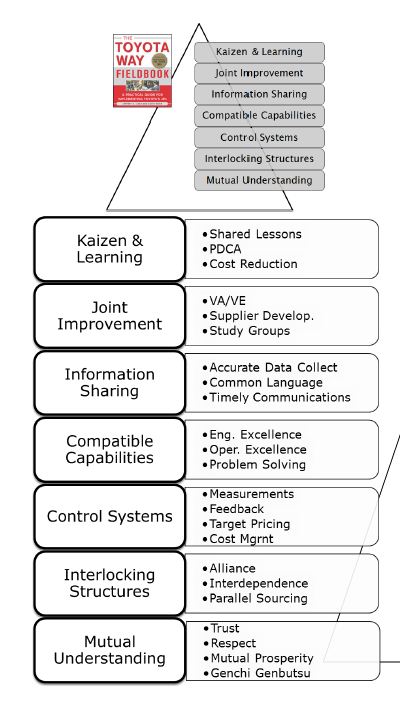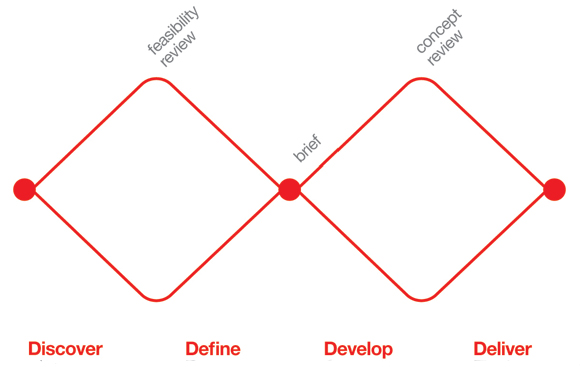The traditional marketing funnel built on a theory of manipulation is gone (Kill the Sales and Marketing Funnel). In this recent blog post, I discussed the Lean Marketing: 2-Step Marketing Funnel and how you are either marketing or selling. Evidence enough that it is becoming widely accepted that 70% of the customer decision is already formed before you are invited into the customer’s decision process. This fact gets quoted so much; some people are tired of talking about it! Does that make selling outdated, in my opinion, it has never been more important. The difference is that it has changed.
In this blog post, I am going to concentrate on after the invitation has been received. You are fortunate to be one of the selected few to participate. There only really two different scenarios, you are either the preferred choice or you have been selected to re-confirm the preferred choice. These two choices break down into an immediate purchase environment which I will call the micro-level or the macro-level where it may be a large sale or a B2B environment, or my be better defined by a longer sales cycle.
On a micro-level, if you have been selected, you may be thinking that when you are invited that it is time to prepare your position and be ready to give it your best shot. Even in a short sales cycle, you may have to develop trust before someone buys from you. The definition that I use is from Covey (Taken from one of my favorite sales books: Let's Get Real or Let's Not Play: Transforming the Buyer/Seller Relationship ) that states Trust = Intent + Expertise. If we lead with our expertise first, which most of us do, we typically end up creating a low-level of trust. So solidifying your intent is something that you must do as a salesperson.
At the macro-level (not just for one purchase) it is looking at the opportunity to develop a relationship, more often seen in B2B sales. By asking a few questions you can often tell if you are the favorite going in. The importance is not selling but discovering the true intention and any undiscovered needs the client may have. It is not a matter of just finding out their needs because if you are not the favorite that will just confirm the original choice.
If you try to problem solve, it is much more difficult to develop trust. Often times, even the customer will accelerate the conversation to a solution. Don’t try to change them; it is a very difficult to do and you may not have the time to do it. A more attractive method is through the use of Appreciative Inquiry and more specifically leading with SOAR. It is a strength-based approach. SOAR allows you to lead with the positive side of the issues and many times you will often discover more. The SOAR framework outlined:
- Strengths: External and Internal to organization; what can be built on? How are present strengths used to get results? How do these strengths fit with realities?
- Opportunities: What are the external and internal stakeholders asking for? What existing skills exist to deliver?
- Aspirations: What do external and internal stakeholders care about most? What is the most compelling aspiration?
- Results: How will success be measured? What resources can be utilized? What are the best rewards?
Recommended Book: The Thin Book of SOAR; Building Strengths-Based Strategy
I think you will find a strength-based approach when you are not the preferred choice; quite a differentiator. The “intent” is to help them prioritize what is important. If it plays into your wheelhouse, you are in luck.
If you are the preferred choice, your mission would be to move the decision along. Besides competitors, there are many other internal and even external influences that could postpone or eliminate the purchase. I am not saying to force the decision but to make sure that you remove the barriers preventing the decision to take place.
In the book, Conversations That Win the Complex Sale , they show a Venn diagram that discusses the value parity and ask you to focus on where you are different from your competitor. I sort of agree with them. However, I believe the value differentiation is getting smaller and smaller for companies. The process methodology thinking of Faster, Better, Cheaper has become so commonplace it is no longer a game changer. It is value parity. Most of us recognize the game changer as innovation.
Or is it? Can we out innovate all the competition? How long does an innovation keep us ahead of the curve? Does our customer always want the latest and greatest? I would imagine all of our customers are not early adaptors; I would imagine most of them are in the middle part of the curve.
Everyone is Faster, Better; Cheaper and Innovation has less of an effect on the decision.
Tomorrow’s Blog Post: Sales to the rescue!







